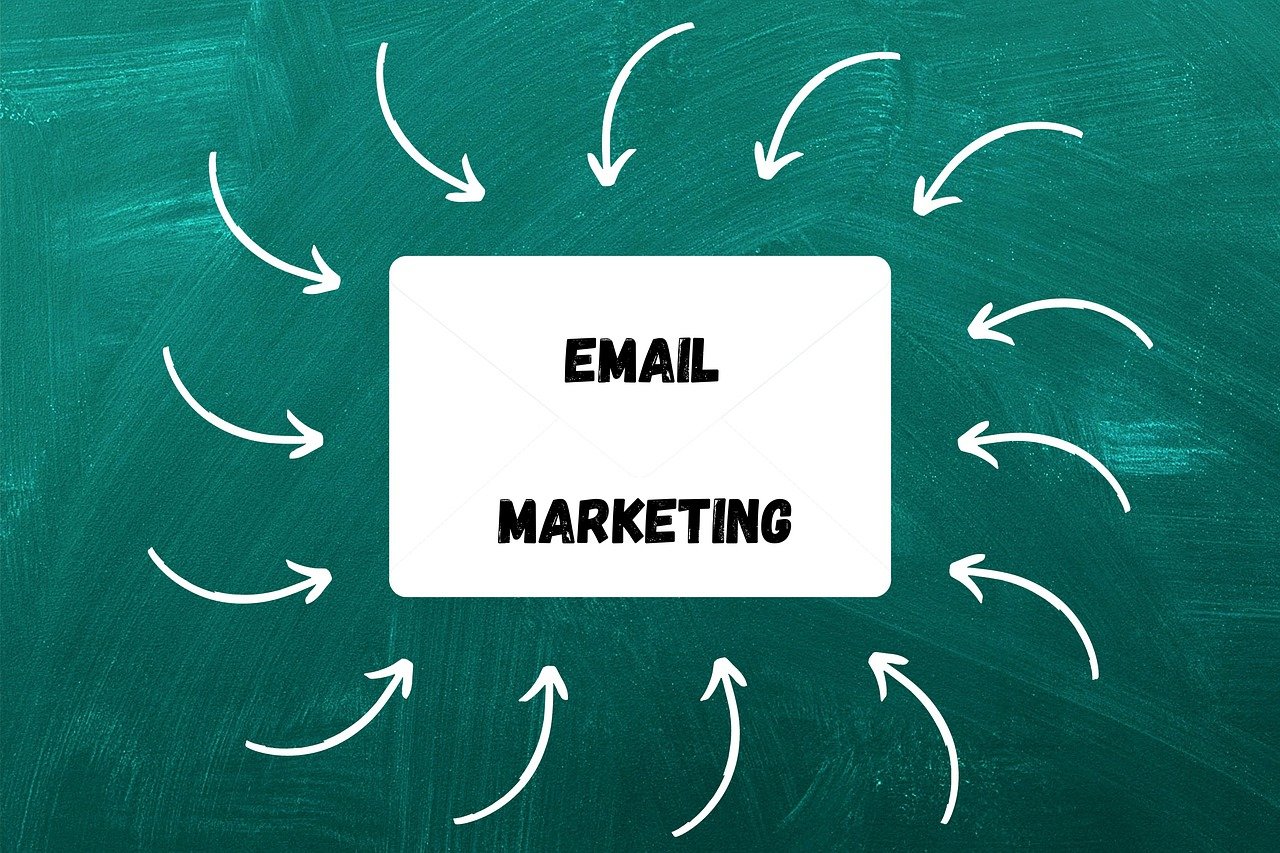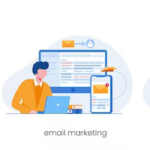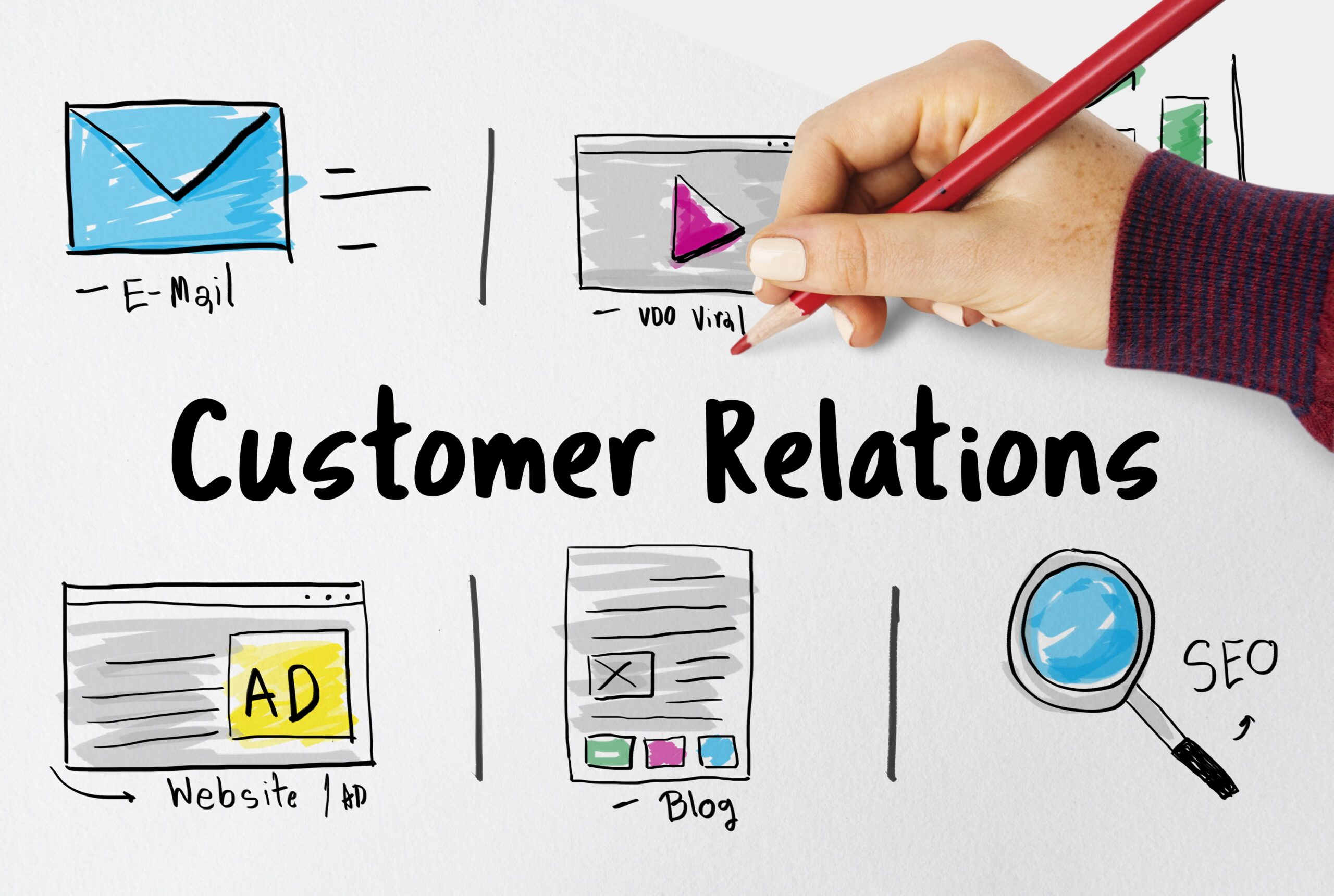Don’t Get Caught in the Email Marketing Spamtrap
We get it: You’re busy. You don’t have time to deal with the unsolicited emails that flood your inbox daily. But did you know that your own email marketing campaigns are just as likely to end up in the dreaded “Spamtrap“? You could be missing out on valuable leads and customers, and that’s the last thing you want!
In this blog post, we’ll help you navigate the murky waters of email marketing and avoid the dreaded “spamtrap”. We’ll talk about what is spam, how it differs from phishing, and why your emails may be getting stuck in the Spamtrap. We’ll also discuss strategies for avoiding spam hell with email marketing, DirectIQ deliverability, and techniques for maintaining your email reputation. Finally, we’ll give you some tips for writing effective email content, strategies for maximizing your email open rate, and the benefits of automated email marketing.
So, what are you waiting for? Let’s dive in and learn how to avoid spam hell with email marketing!
What is Spam and How to Recognize it?
Spam is unsolicited, bulk, or commercial email messages sent to numerous people at once. These emails are usually sent either for marketing/sales purposes or for malicious intent. You can usually recognize spam emails by the sender, subject line, or content. For example, if the sender is an unfamiliar or strange name, or if the subject line contains words like “free” or “get rich quick,” it’s probably spam. The content of spam emails is usually vague, generic, and full of typos and grammatical errors.
It’s important to recognize spam emails because if you send out emails that look like spam, it can hurt your reputation and can lead to your emails getting blocked or flagged as spam.
How Spam and Phishing Differ
Spam and phishing can sometimes look very similar, but they’re actually quite different. Spam emails are usually sent as bulk email messages with a primary goal of selling a product or service. Phishing emails, on the other hand, are usually sent with malicious intent. They usually aim to gather personal information from the recipient and can be used for identity theft or other fraudulent activities.
The difference between phishing and spam is that phishing emails usually contain urgent language or use scare tactics to get the recipient to take some kind of action (e.g. clicking on a link or downloading a file). Spam emails, on the other hand, are usually more generic and don’t contain any kind of urgent language or scare tactics.
Why Do My Emails Go to Spam?
There are several reasons why your emails may be flagged as spam. Here are some of the most common reasons:
- Your emails contain too many links.
- Your emails use too much “spammy” language (e.g. “FREE”, “MUST HAVE”, etc).
- Your emails contain too many images or too much text.
- You are sending emails too frequently.
- You are sending emails to a purchased or rented list of contacts.
It’s important to be aware of these triggers so that you can avoid getting your emails flagged as spam.
Strategies for Avoiding Spam Hell with Email Marketing
If you want to avoid getting stuck in spam hell, there are a few strategies you can use. The first is to use a reputable email service provider like DirectIQ. DirectIQ provides a robust deliverability system that helps ensure your emails get to your customers’ inboxes. They also provide detailed analytics so you can monitor your emails’ performance and make adjustments if needed.
Another strategy is to use a double opt-in process when collecting email addresses. This means that when someone signs up for your mailing list, they have to confirm their subscription by clicking a link in a separate email. This helps ensure that only people who are genuinely interested in your content are added to your list.
DirectIQ Deliverability: What It Is and How it Can Help
DirectIQ is an email marketing service provider that offers a powerful deliverability system. The system helps to ensure that your emails are delivered to your customers’ inboxes, rather than getting stuck in the Spamtrap.
DirectIQ’s deliverability system uses several different techniques to help ensure your emails reach their intended recipients. These include:
- IP monitoring: DirectIQ monitors the IP address of your emails to ensure that it hasn’t been blacklisted by an ISP.
- Domain monitoring: DirectIQ also monitors your domain name to ensure that it hasn’t been flagged as suspicious by an ISP.
- Sender reputation monitoring: DirectIQ monitors your sender reputation by checking with ISPs to ensure that your emails are being delivered successfully.
- Complaint rate monitoring: DirectIQ monitors the complaint rate of your emails to ensure that your messages are not being marked as spam.
By using DirectIQ’s deliverability system, you can help ensure that your emails get to their intended recipients.
Techniques for Maintaining Email Reputation
Your email reputation is a measure of how likely your emails are to be flagged as spam and get caught on the spamtrap. Maintaining a good email reputation is important for avoiding the spam folder. Here are some techniques for maintaining your email reputation:
- Only send emails to people who have opted in to receive them.
- Monitor your bounce rate and unsubscribe rate to ensure that you’re not sending too many emails.
- Avoid using words that are commonly associated with spam emails, such as “free” or “get rich quick”.
- Avoid using too many images or too much text in your emails.
- Make sure that your emails are in HTML format and not plain text.
By following these tips, you can help maintain a good email reputation and ensure that your emails don’t get stuck in the spam folder.
Tips for Writing Effective Email Content
Writing effective email content is key to getting your emails opened and read. Here are some tips for writing effective email content:
- Keep your emails short and to the point.
- Use an engaging subject line that will grab the reader’s attention.
- Personalize your emails with the recipient’s name.
- Use a clear call-to-action that tells the reader what to do next.
- Make sure your emails are mobile-friendly.
- Proofread your emails for typos and grammatical errors.
By following these tips, you can ensure that your emails are engaging and effective.
Strategies for Maximizing Email Open Rate
Getting your emails opened is the first step in getting your message across. Here are some strategies for maximizing your email open rate:
- Segment your list and send personalized emails.
- Test different subject lines and use the best performing one.
- Send emails at the right time (e.g. when the recipient is most likely to be online).
- Send emails from a recognizable sender name.
By following these strategies, you can ensure that your emails are more likely to be opened and read.
The Benefits of Automated Email Marketing
Automated email marketing is a great way to save time and increase your email open rate. Automated emails are pre-written emails that are triggered when a customer performs a certain action (e.g. signs up for your mailing list or purchases a product). These emails can be personalized and customized to fit your needs.
Automated emails are also great for segmenting your list. You can set up automated emails to be sent to different segments of your list depending on their interests or actions. This helps ensure that your emails are more relevant and engaging.
Conclusion
We hope this blog post has given you a better understanding of the dangers of spam hell and how to avoid getting caught in a spamtrap. By using reputable email service providers like DirectIQ and following the strategies outlined in this blog post, you can help ensure that your emails get to their intended recipients and that your email reputation remains intact.
So, what are you waiting for? Sign up for DirectIQ today and start avoiding spamtraps with email marketing!












